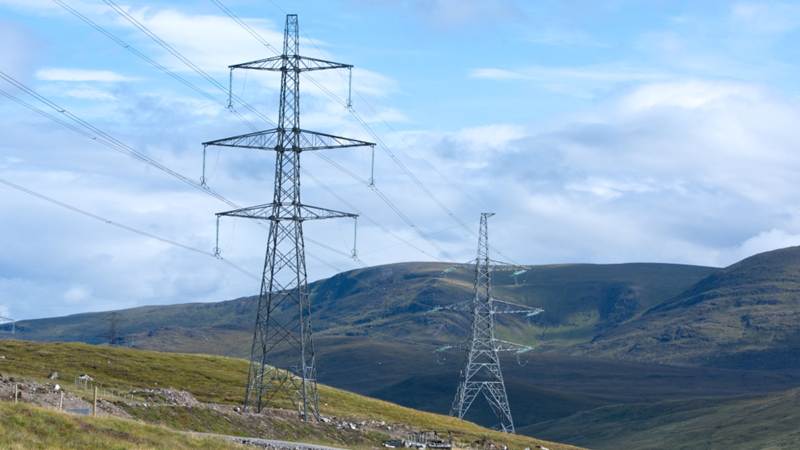Faster deployment of grid-scale proven battery technology could spare Britain’s power consumers over £730 million in curtailment fees wasted annually in temporarily disconnecting Scotland’s wind turbines in preference to short-term firing up of gas reserves, new analysis from a developer of utility scale storage finds.
Today’s latest estimate of the price of Britain’s slow investment in tested utility-scale BESS (battery and energy storage systems) comes from battery developers Field.
A notorious pinch point in Anglo-Scots transmission, known as the ‘B6’ boundary, intermittently blocks cross-Border electricity flows, themselves a legacy of too-slow investment in long-distance transmission, the battery developer asserts. The result is British homes and organisations left avoidably on the hook for hundreds of millions, while years are spent in network upgrades.
Grid capacity constraints plus substituting gas-fired power for wasted renewables, added nearly £1 billion of ‘curtailment’ costs to electricity bills for homes and businesses in 2023, the company calculates. Abundant energy from wind farms was unable to be transmitted to areas of demand.
The majority of last year’s £920 million total cost was caused by bottlenecks at the B6 boundary. Analysis published by Field estimates this boundary alone could cause up to £2.2 billion of curtailment costs by 2030, if left unaddressed. Overall UK curtailment costs could reach £3.5 billion by that date.
The firm’s analysis also asserts that wind farms in Scotland are being curtailed as much as 40% of the time. Transmission capacity across key boundaries in the UK, including at B6, rarely has more than a 50% utilisation rate, further restricting backbone power flows.
Increasing the amount of “intertrip services” which the NG- ESO can buy and using “Grid Booster” batteries could both help solve problem. The latter technology, says Field, is already being deployed in continental Europe and Australia.
Around 90% of the curtailment fees linked to the B6 boundary could be solved by adding 10GW of energy storage nearby, Field suggests.
It calls on co-operation between the now independent NG-ESO , Ofgem and D-ESNZ to:
- Prioritise cost effective measures like batteries and related services to maximise use of the existing grid.
- Opt for physical batteries before focusing on market-based mechanisms such as zonal pricing. The latter will unnerve investors certainty, and take a long time to implement.
Field’s CEO Amit Gudka commented:
“In an era where energy bills remain high and carbon emissions keep rising, it’s alarming that we’re wasting clean, cheap, abundant energy on a daily basis. As our analysis suggests, this problem is getting worse, not better.
“More efficient use of established technologies, such as battery storage, would dramatically reduce curtailment costs and network investment needs. It would also reduce the need for expensive, complex and disruptive market-based mechanisms such as zonal pricing”
Operators of backbone transmission have begun addressing the problem. The Eastern Green Links (EGL) 1 and 2 connectors, both rated at 2GW and with the latter backed by National Grid’s and SSE’s transmission units, last year received initial planning consent.
Due for commissioning in 2029, EGL2 will run for 290 miles under the ocean from Peterhead to east Yorkshire, near Drax.
Three more 525kV connectors are on transcos’ drawing boards. And last month the NG-ESO announced £58 billion worth of improvements, intended to add 86GW of new transmission capacity alone by 2035.
Commissioning such wider pipes cannot come too soon, says Field.
Founded three years ago, its first BESS unit, a 20MWh device in Oldham, began homing ohms in 2022. Within a pipeline of 4.5 GWh of further projects, Field claims 410 MWh of sites are either shovel-ready or already in construction.




